
Singapore has cemented its commitment to bolstering its air defenses by announcing the procurement of eight additional F-35A fighter jets, set to grow its fifth-generation fighter fleet to a formidable tally of 20.

These stealth aircraft, a symbol of advanced military capability, are poised to replace Singapore’s aging F-16s and place the Republic of Singapore Air Force (RSAF) in the “premier league” of global air power, as articulated by Defence Minister Ng Eng Hen.
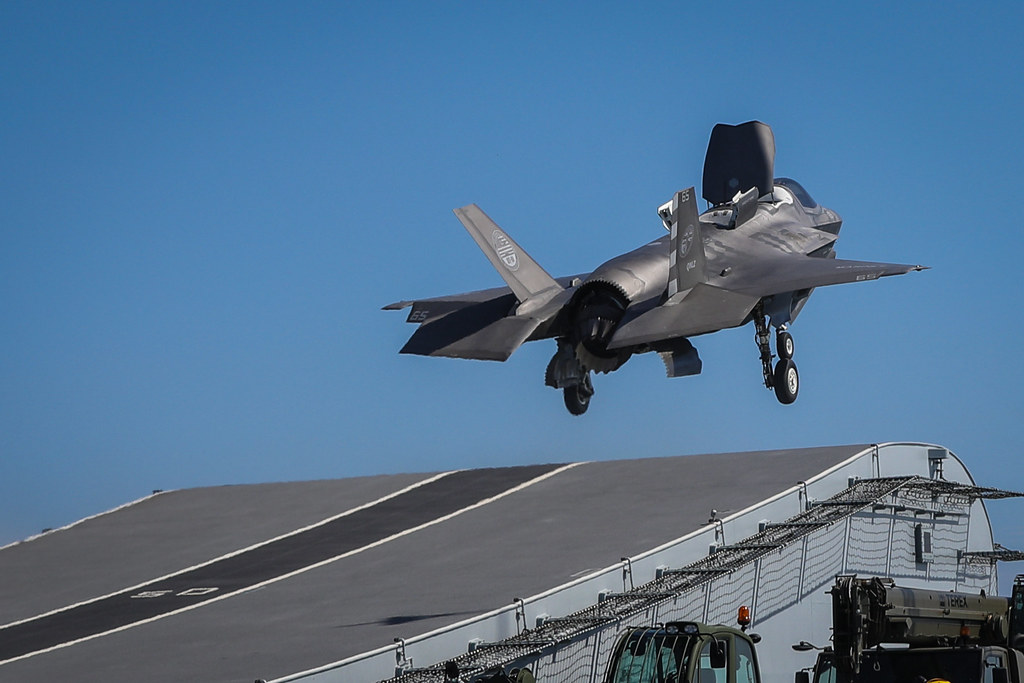
This strategic move by Singapore is not merely an upgrade of its military assets but a calculated response to the shifting sands of geopolitical tensions.

Defence Minister Ng, in a parliamentary address, underscored the rising ambient temperature of geopolitics, citing the ongoing Russia-Ukraine conflict and frictions between superpowers. He noted, “The risk of regional and even global conflict in the next decade has become non-zero,” emphasizing the necessity for a robust Singapore Armed Forces (SAF) to deter any potential aggression and adventurism.
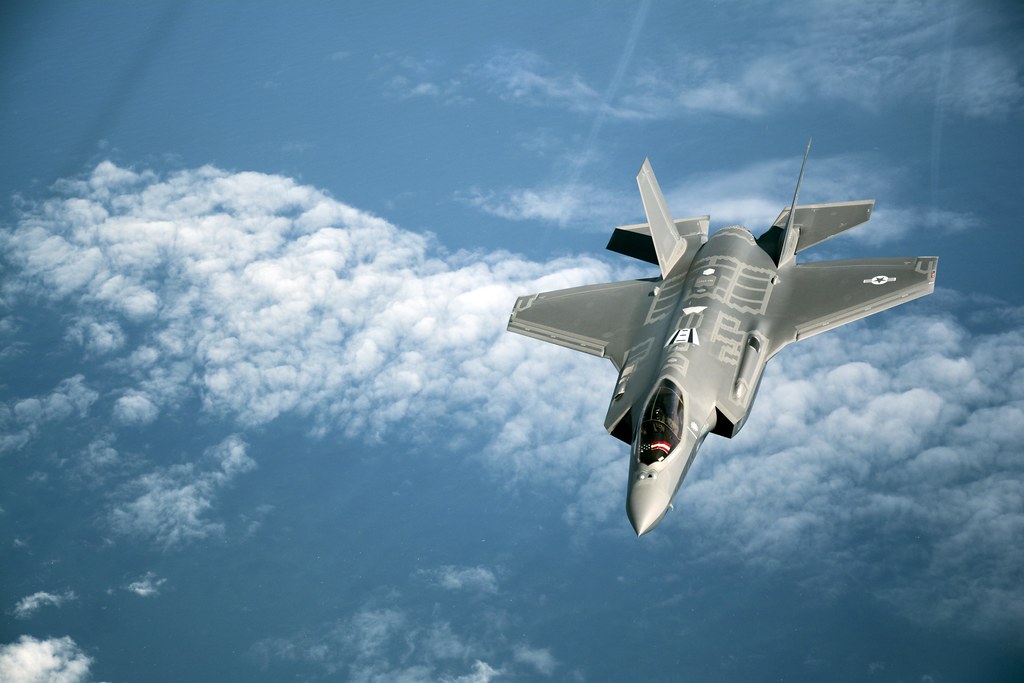
Singapore’s investment in the F-35A variant, known for its conventional takeoff and landing capabilities, larger fuel capacity, and heavier payload, complements the F-35B variant’s unique short takeoff and vertical landing attribute.

This distinction endows the RSAF with a dual advantage: operational flexibility in Singapore’s constrained geographical landscape and enhanced endurance for extended missions. As Lieutenant-Colonel Zhang Jianwei from RSAF’s Air Plans Department elucidates, this diversified fleet, also including F-15SG jets, will enable the execution of a full suite of missions to defend Singapore’s skies.
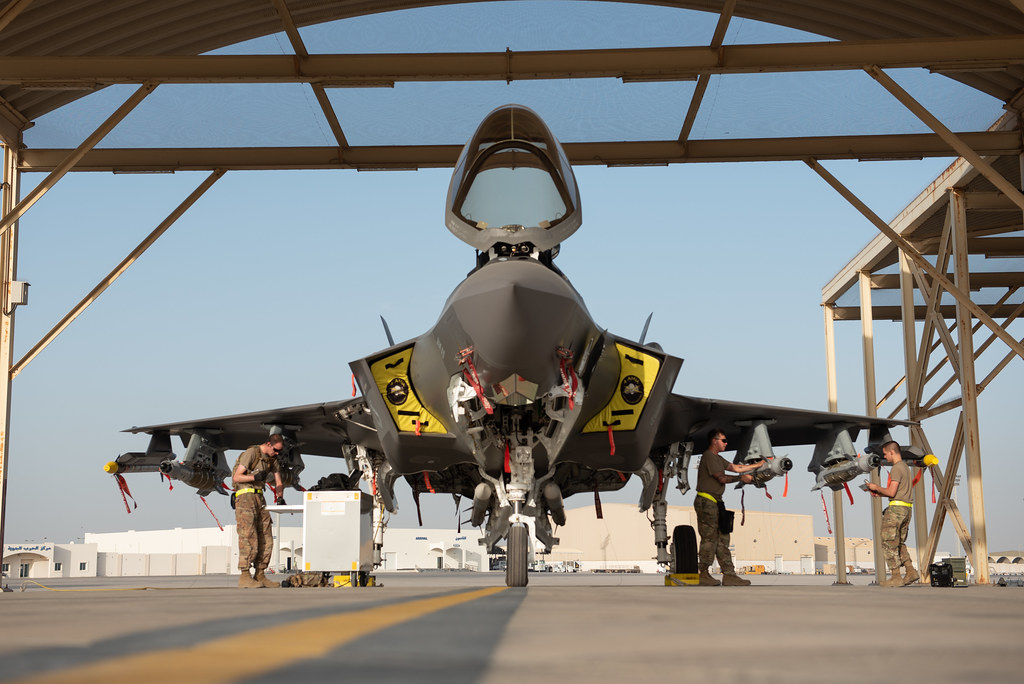
Internationally, the F-35 has become the fighter of choice for many nations seeking to solidify their air superiority in the face of emerging threats. Countries like Switzerland and Germany have joined a long list of global F-35 operators, with the robust order pipeline keeping prices competitive, akin to Boeing’s F-15s, according to Defence Minister Ng.
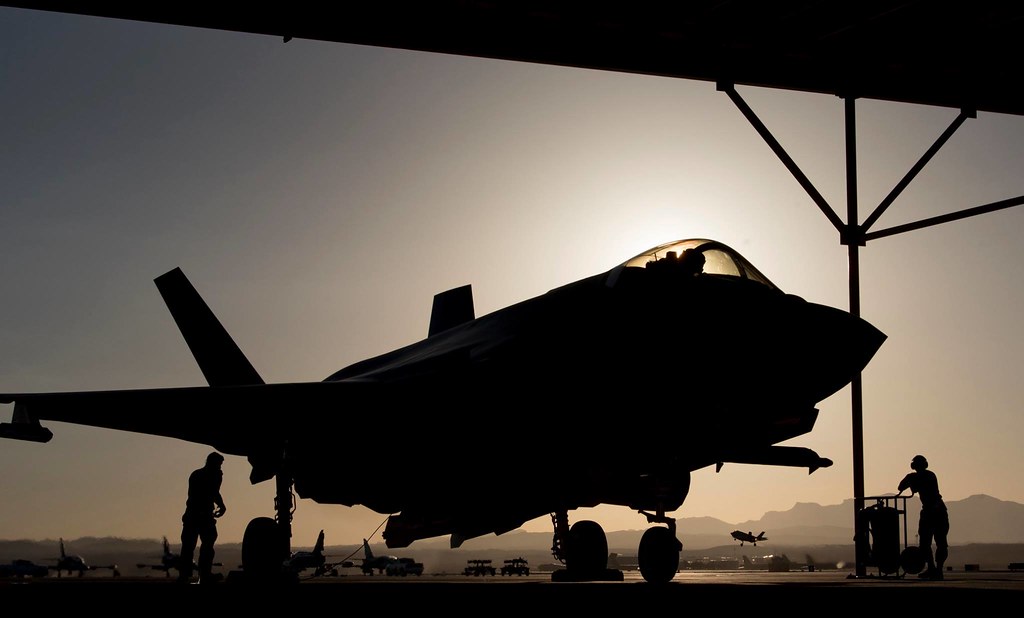
With close to 2,500 F-35s on order worldwide, Singapore’s acquisition is a testament to the aircraft’s established reputation and operational success on various battlefields, including in the Middle East and Ukraine.
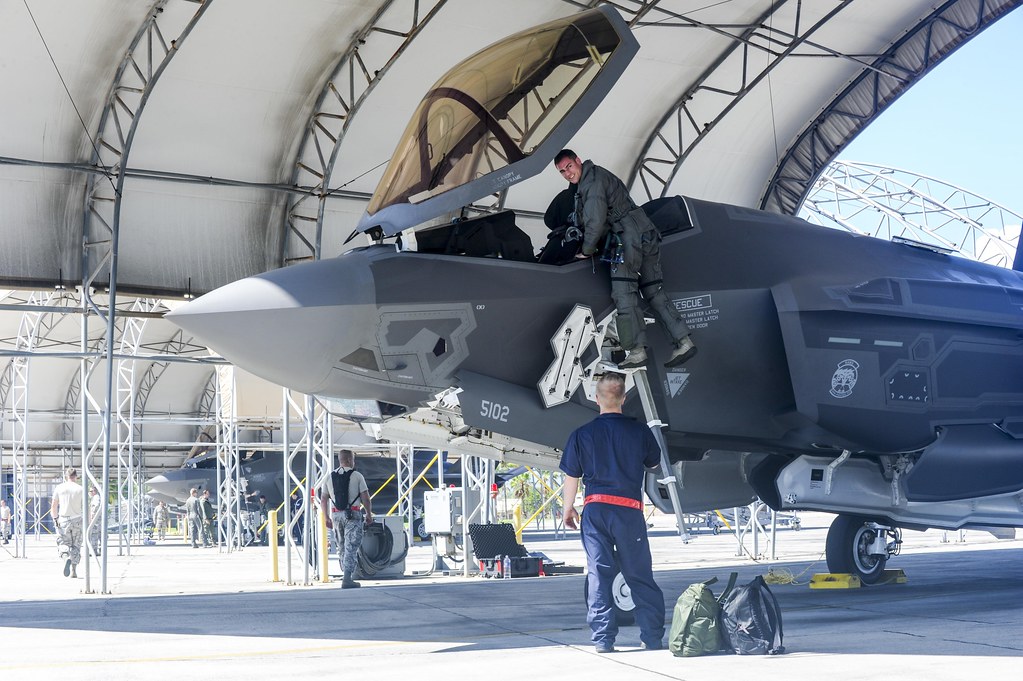
The anticipated delivery of these jets around 2030 falls within a critical window as RSAF’s F-16s are scheduled for retirement starting in the mid-2030s.

Singapore’s foresight in progressively upgrading its F-16 fleet ensures a seamless transition to the technologically superior F-35s, underscoring the city-state’s prudent long-term defense planning.

This defense strategy is not isolated but part of a larger narrative where the Indo-Pacific region is witnessing a ramp-up in aerial capabilities amidst concerns.

Lockheed Martin, the F-35’s manufacturer, foresees over 300 F-35s calling the Indo-Pacific home by 2035, reinforcing allied partnerships and facilitating interoperability among the United States and regional allies such as Australia, Japan, South Korea, and now Singapore.
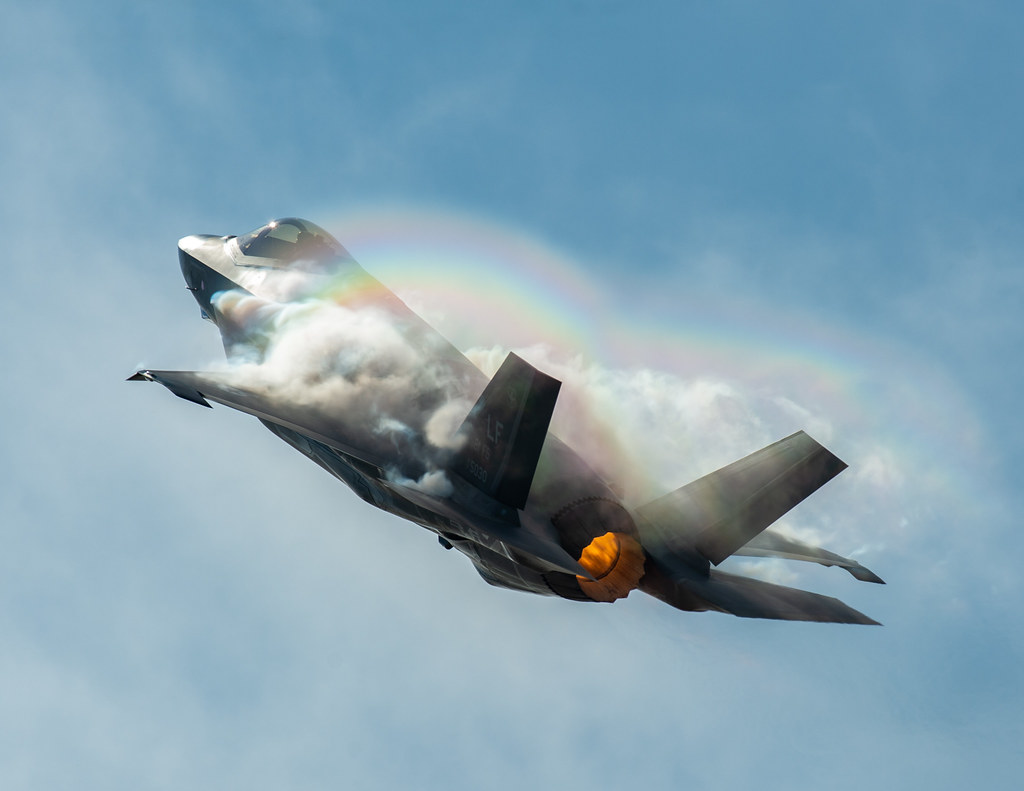
Steve Over, Lockheed Martin’s director of F-35 international business development, emphasized the F-35’s role in coalition forces, where its unparalleled network-centric warfare capabilities serve as an “incredible force multiplier.” This aligns with the broader U.S. strategy to strengthen air power in the Indo-Pacific, a region of increasing strategic importance.

Singapore’s calculated investment in these eight new F-35A jets, despite nominal increases in defense spending, is a strategic maneuver within a complex geopolitical landscape.

It signals the nation’s commitment to maintaining a cutting-edge air force ready to meet the challenges of the 21st century and beyond, ensuring the defense and sovereignty of the small but strategically significant island nation.
Relevant articles:
– Singapore to buy eight F-35A fighter jets as defence spending inches up, channelnewsasia.com
– 35As, expanding JSF fleet to 20, Breaking Defense
– RSAF to acquire eight F-35A fighter jets, growing its fleet to 20 F-35s, The Straits Times
– US Puts 300+ F-35 Stealth Fighters In Indo-Pacific As Pentagon Enhances ‘Coalition Capacity’ To Fight PLAAF, EurAsian Times

